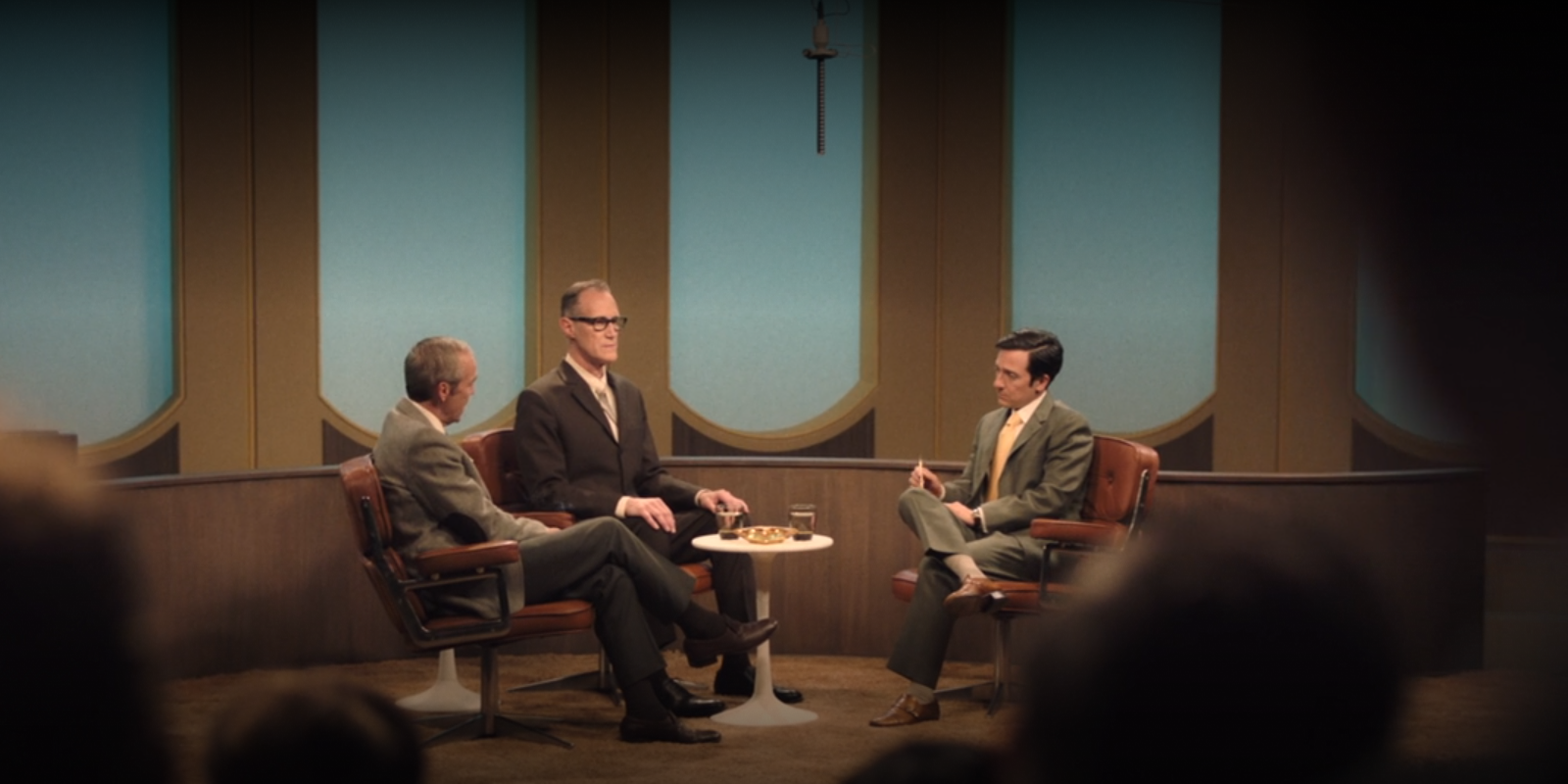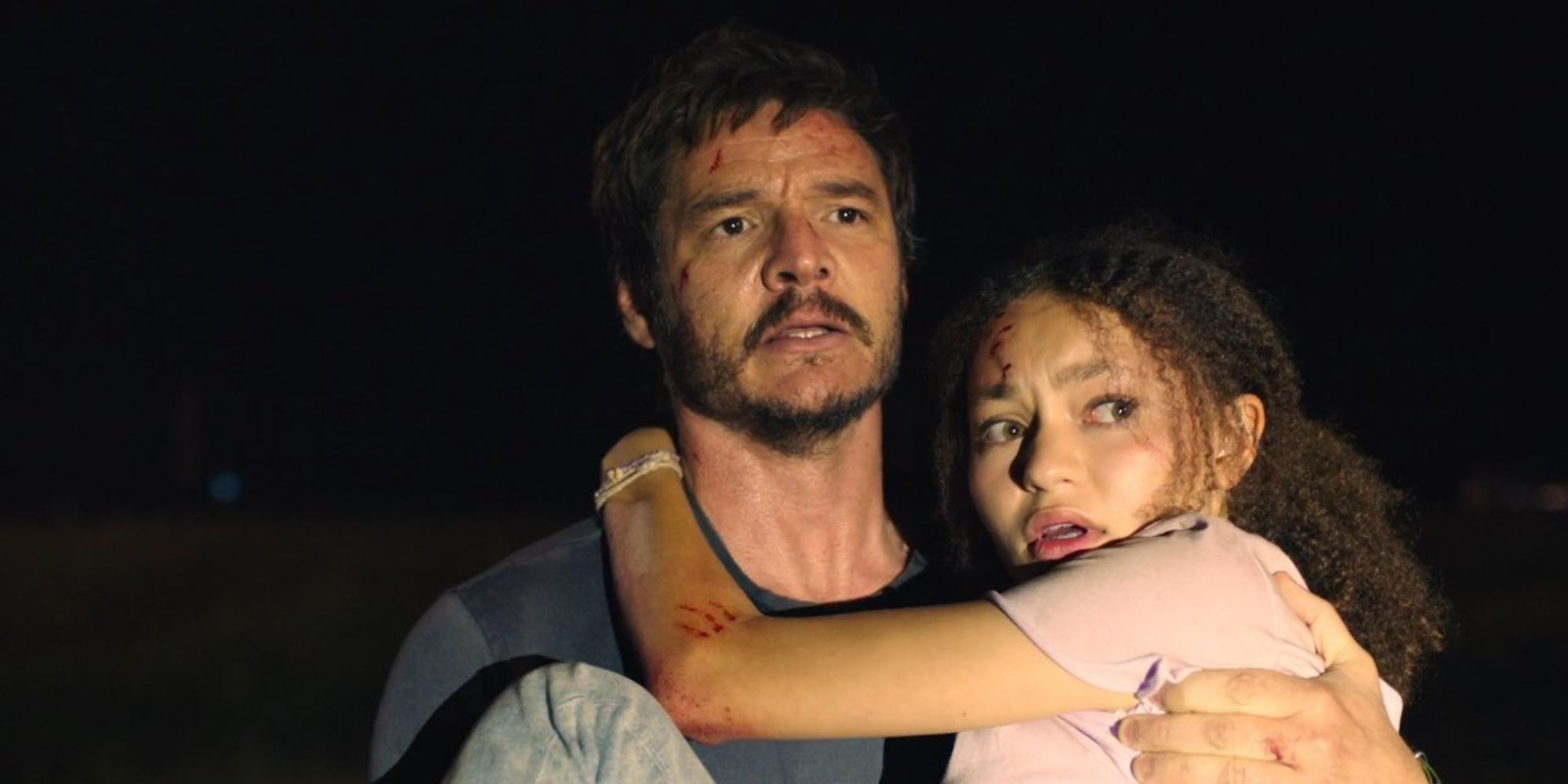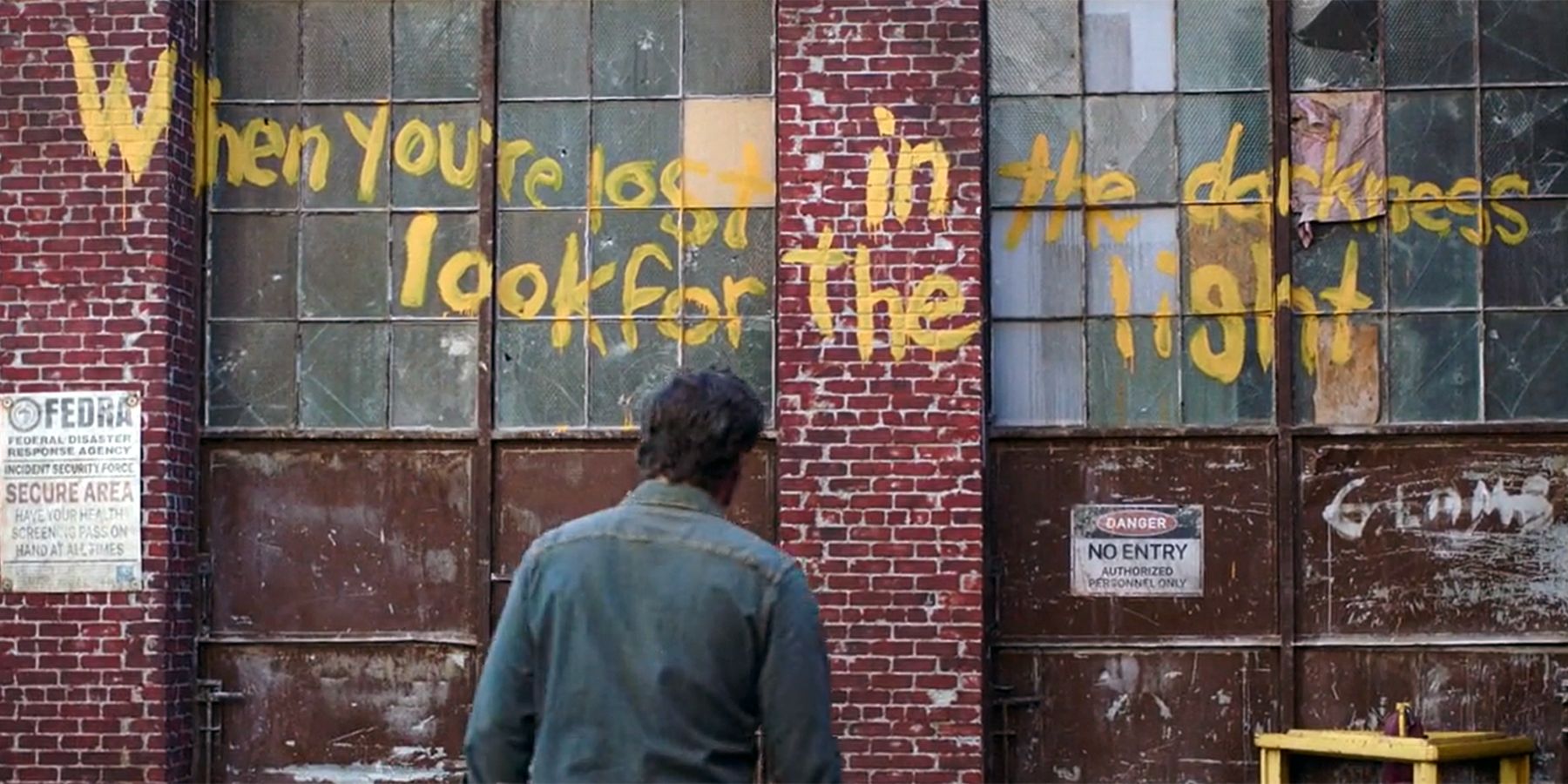One episode in, HBO's adaptation of The Last of Us has been extraordinarily faithful to the source material. The first act has added in some details and changed some settings around, but entire dialogue exchanges are preserved with exact timing and delivery. So, when the show opens on a scene that isn't present in the game, there must be some reason for the deviation.
Much has been made of The Last of Us as a new horizon for media based on video games. It isn't, because every decent adaptation is considered the long-awaited end to some perceived curse. However, it certainly puts the work in when it comes to feeling like a fully grounded zombie drama.
It's fair to say that The Last of Us, both the game and the series, borrows a lot from other works in the genre. It makes good use of its less original material, but there are a lot of other people's ideas in the recipe that would eventually become the show. With that in mind, the show must be celebrated for the ways in which it innovates. There's an insufferable by-the-numbers opening that's extremely common to the zombie film genre. It revolves around news coverage that handily illustrates everything wrong with the current world. The logic of the quick-cutting evening news roundup is clear, it gets all the information across in a matter of moments with plenty of time for jokes and jump scares. The Last of Us puts a new spin on the concept with a single in-universe news program that sets the tone, establishes the social commentary, and puts newcomers right where Craig Mazin wants them.
Who can forget the first scene of the original 2013 game? Joel's young daughter Sarah experiences the few hours between everyday life and the apocalypse. It's fast, it's bracing, and it demonstrates just how quickly the entire world could go down in flames. The HBO series gets there eventually, but it doesn't kick into action in quite the same way. Instead, the first thing that happens in The Last of Us is a 1968 TV interview with a pair of professionals on the subject of a possible future pandemic. It feels a bit dry for an episode of The Phil Donahue Show, but the host makes jokes when he can. They discuss the risk of a virus that could wipe out humanity. The first scientist mentions the many weapons that nature could use to end our reign in the span of a day or two. The second, however, correctly predict the events of the future in a truly harrowing rundown.
In the modern era, there's a trend of terrible things happening despite non-stop warnings from professionals working in the field fifty years ago. We almost always know what's coming, but the wider public is more than happy to ignore or actively doubt the facts. When The Last of Us gets to its post-apocalyptic setting, it's all the more tragic for the fact that the world could've prepared. Scientists were aware of the threat that fungi posed to the human race, so much so that it was a talking point on primetime television, and we did nothing. It's so nightmarishly reminiscent of everything in the modern era. As much as it can feel like nightmarish disasters happen without warning, there are almost always signs and dedicated professionals to point them out. The Last of Us takes place in a world that's as insufferably smug, self-destructive, and unwilling to change as the one we live in, and it makes that very clear in its first few minutes.
Epidemiologist Dr. Neuman, the near-prophetic doctor present on The Last of Us' vintage talk show, alerts the world to the possibility of a fungal outbreak. The other scientist on the stage is unconvinced, arguing that mushrooms can't survive the high temperatures present in the human body. Neuman points out that they would only find the need to evolve that ability if the Earth were to suddenly increase in temperature. In 1972, four years after the fictional interview show, meteorologist John Sawyer put out "Man-made carbon dioxide and the greenhouse effect." His predictions weren't exactly accurate, he imagined a rise in temperature of 0.6C when current research puts the number at 0.48C, but his methods were sound and his fear was justified. In a couple of lines, The Last of Us brings up one of the most frustrating aspects of modern life by tying it to a perfect real-world example.
The Last of Us has deviated from its source material on occasion, but its changes have been extremely clever. One of the lessons video game adaptations have such a hard time learning is how to make interactive media engaging without the ability to play. The Last of Us seems to understand that they can pull off a lot more cinematic storytelling in the context of a show while also understanding how to keep things engaging. It's a strong opening for an adaptation and a solid show on its own merit so far.



